How To Celebrate The Winter Solstice In Korea
Last Updated on December 9, 2024
Like many holidays, unofficial or not, in Korea, there’s something that should be eaten on the upcoming winter solstice, or Dongji (동지), so get your spoons ready! The winter solstice is celebrated on the day of the year with the shortest daylight hours and the longest night and it usually falls on or around December 22nd each year. If you’re in Korea and want to celebrate the winter solstice Korean style, then this is what you should know.
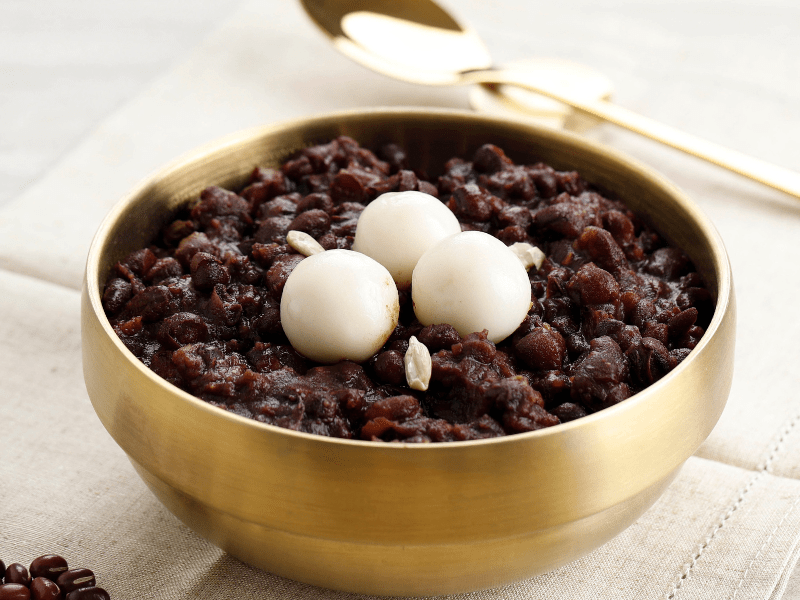
Here’s what you need to know about Dongji in Korea:
- Dongji Is The Little New Year
- What To Eat On Dongji
- Make Your Own Red Bean Porridge
- Dongji Omens
- How To Celebrate The Winter Solstice In Seoul
(This post contains affiliate links, which means I receive a certain percentage of a sale if you purchase after clicking at no cost to you. Thank you for your support.)
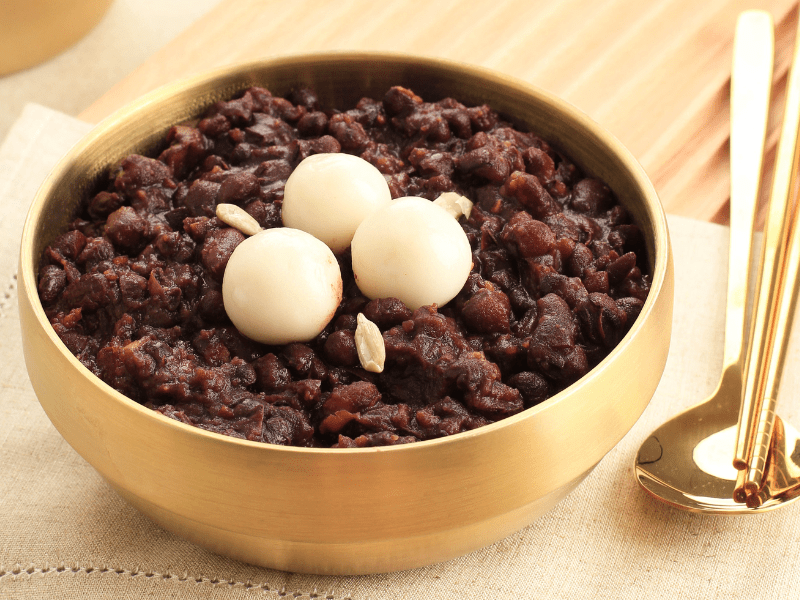
Dongji Is The Little Near Year
While there is New Year’s Day on January 1st in the west and the Lunar New Year’s Day in January or February depending on the lunar calendar in the east, Dongji can also be referred to as a New Year’s… make that Little New Year’s Day. Get it? Short day? Little? It’s a good way to remember it anyway.
From Dongji, the days start to get longer leading up to spring which is often seen as the new year in many places as that’s when things start to bloom, babies are born and all of the new things of the year pop up, out and whichever other way. This was also the day when, historically, the kings of Korea would hand out the calendar for the upcoming year. It’s no wonder that you get a free calendar from your local pizza shop, ramen shop, hat store and every other store in between in December, now is it?
What To Eat On Dongji
While Dongji isn’t anything we’ll be getting a holiday off from work for, in the past families gathered to perform the ancestral rites before eating their patjuk (팥죽) and placed a bowl of the dark lumpy dish in each room of the house to ward off evil spirits. While most families don’t do this anymore, many people still follow the custom of eating a big heaping bowl of patjuk, or red bean porridge, to mark the coming of the new year.
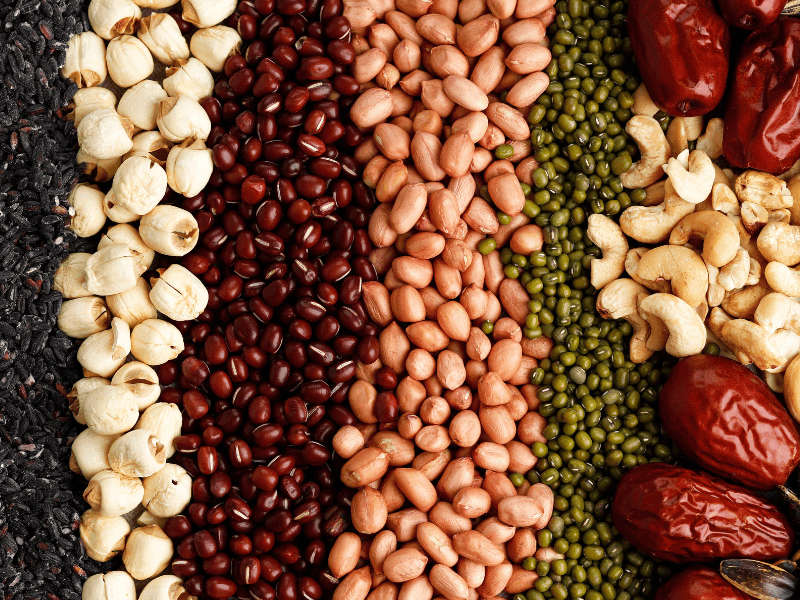
The custom of eating red bean porridge, patjuk, on Dongji originated due to a belief that the red color of the beans had a positive energy to drive away evil spirits.
Interestingly, there’s a Korean proverb that says, “eat patjuk and you eat a year” which in essence means you grow a year older when you eat this dish. This is also said when you eat rice cake soup on the Lunar New Year so, you get one year older on December 22nd and then you get another year older in January in Korea.
It’s truly amazing how fast Koreans age and yet they manage to look oh so young. Actually, historically, Koreans considered themselves a year older on Dongji and not on the Lunar New Year as is celebrated today.

Little white dumplings will float in a bowl of mashed and boiled red beans if you head out to order the meal. Don’t let the appearance ward you off though. While my husband adds salt to his, I prefer sugar. Either is acceptable and can really make the dish rather delicious. The little white dumplings are known as saealshim (새알심), or bird eggs due to their little round cute egg-like shapes. Enjoy!
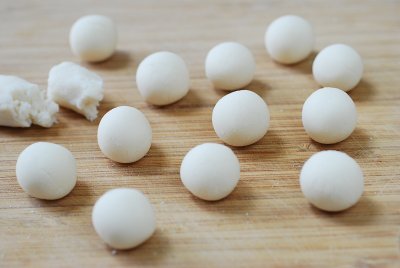
Make Your Own Red Bean Porridge
There are two types of red bean porridge. As I mentioned above, my husband goes for the savory, while I enjoy the sweet a bit more. Red bean dishes and desserts are found all over from red bean porridge to patbingsu, the shaved ice summer treat. Plenty of dishes to help anyone visiting Korea to grow a fondness for the bean.
To make the dish, it doesn’t require a ton of work. Similar to pumpkin porridge, it’s more about getting the right consistency. Cook the beans until they’re soft, mash, smash, and mash some more or puree them with a blender. For a complete recipe, check out Korean Bapsang’s Red Bean Porridge recipe. It’s a great one to try.
Dongji Omens
Just as a dream will tell a woman that she’s pregnant or what sex the baby will be in Korea, Dongji has its own future to tell. If the weather is unseasonably warm on Dongji, it is said that the coming year will bring disease and misfortune. If the weather is cold and snowing, then the new year will bring a good harvest and good luck. You can learn about other Korean superstitions here
Clearly, everyone will be hoping for frigid weather on December 22nd, right? Maybe not, but if it is and you want to keep warm, head out to find some patjuk for dinner.
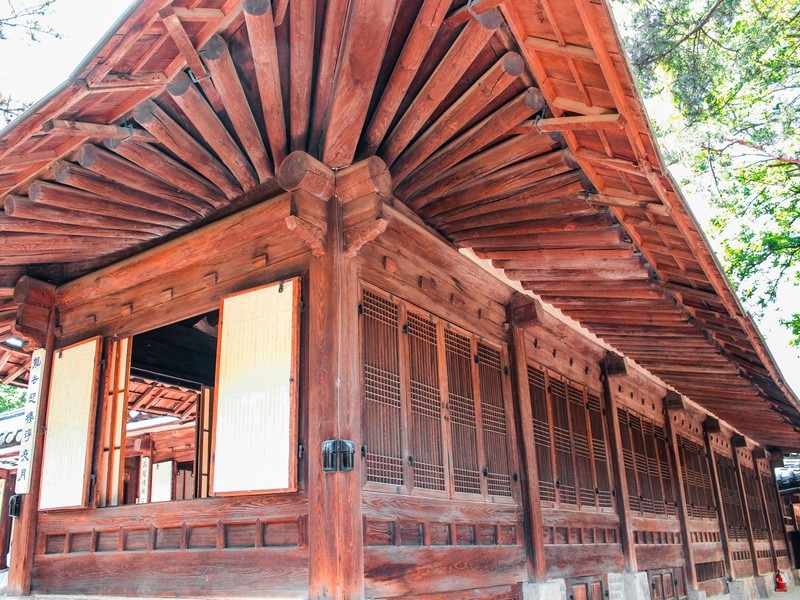
How To Celebrate The Winter Solstice In Seoul
There are often events held at local traditional sites to celebrate the winter solstice in Seoul. Places like the National Folk Museum of Korea which is on the grounds of Gyeongbokgung Palace usually host a traditional ceremony called the dongji gosa in the morning and visitors can try red bean porridge.
- Address: 37 Samcheong-ro, Sejongno, Jongno-gu, Seoul (서울시 종로구 삼청로 37)
- Hours: Every day: 9:00am ~ 6:00pm
Seoul’s Namsangol Hanok Village also often hosts folk dancers that perform a cheoyongmu which is a masked dance to ward off harmful spirits. There is also patjuk to eat of course and other experiences to partake in.
- Address: 28 Toegye-ro 34-gil, Pil-dong, Jung-gu, Seoul (서울시 중구 퇴계로 34길 28)
- Hours: Open 24 hours a day but the traditional buildings are open for viewing between 9:00am and 6:00pm
And the Korean Folk Village in Seoul’s suburb of Yongin also hosts celebrations where visitors can make and taste the saealsim I mentioned above, or rice dough balls that go into the patjuk.
- Address: 90 Minsokchon-ro, Giheung-gu, Yongin-si, Gyeonggi-do (경기도 용인시 기흥구 민속촌로 90)
- Hours: Every day: 10:00am ~ 6:00pm
Did you like this post? Pin iT!
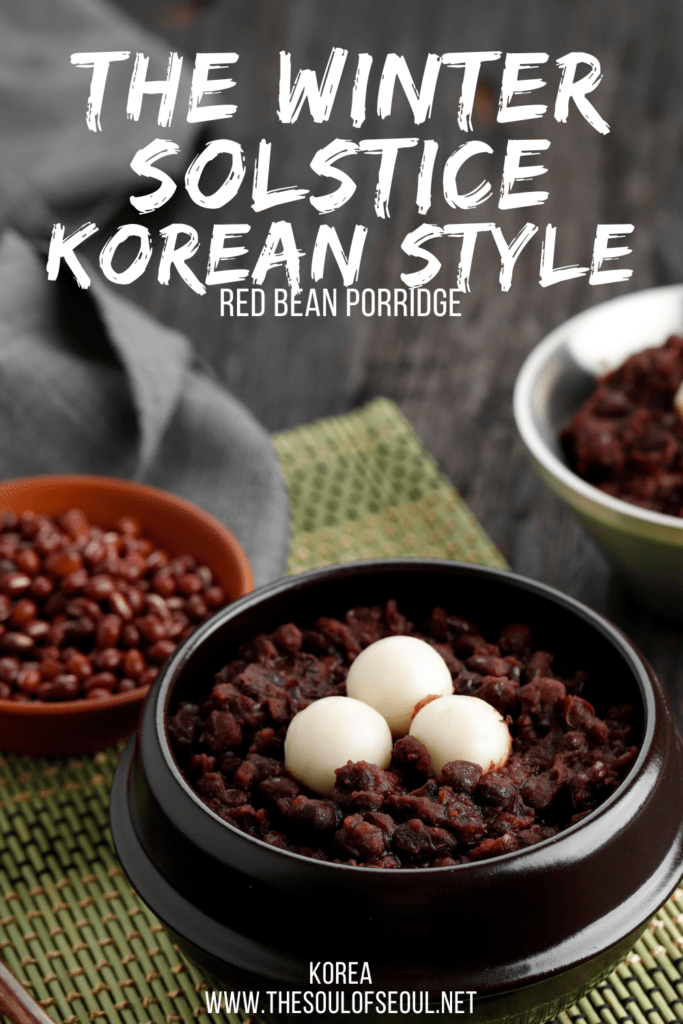
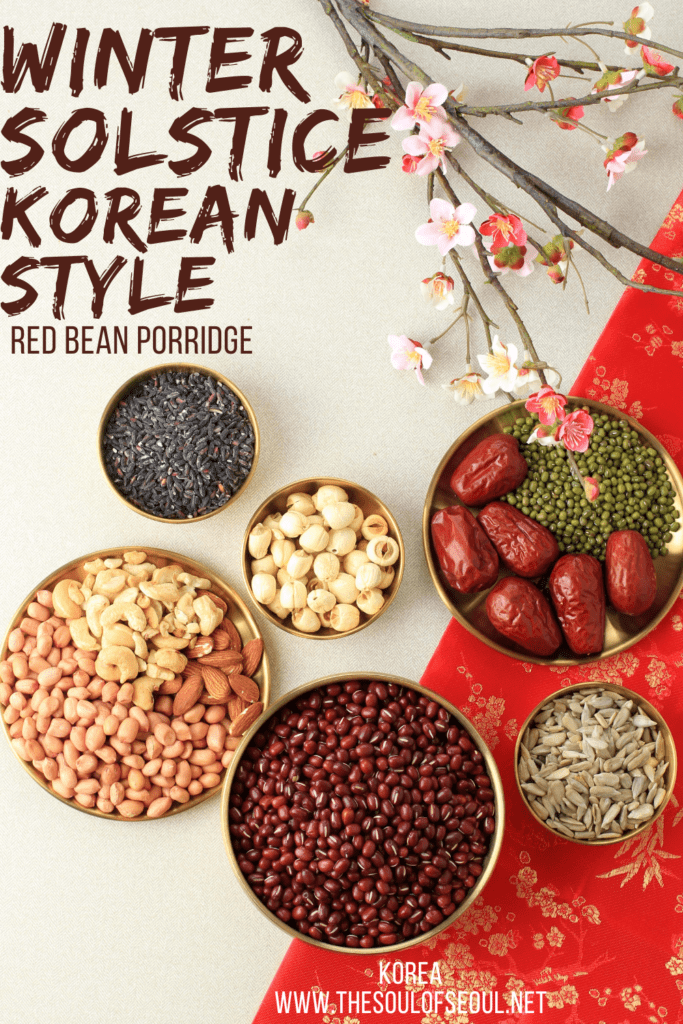


3 Comments
Marcy
No fair…no recipe! 😉
mtanter
(I know there’s a link but I want to know how you make it!)
sarangshirts
Oh my that 팥죽 is thick stuff. It’s so filling on a freezing day, especially when you find a delicious one at a mom-n-pop Juk place that’s kind of hole-in-the-wall.
There’s really no comparing the home-made version and the one you find in a can at most grocery stores.